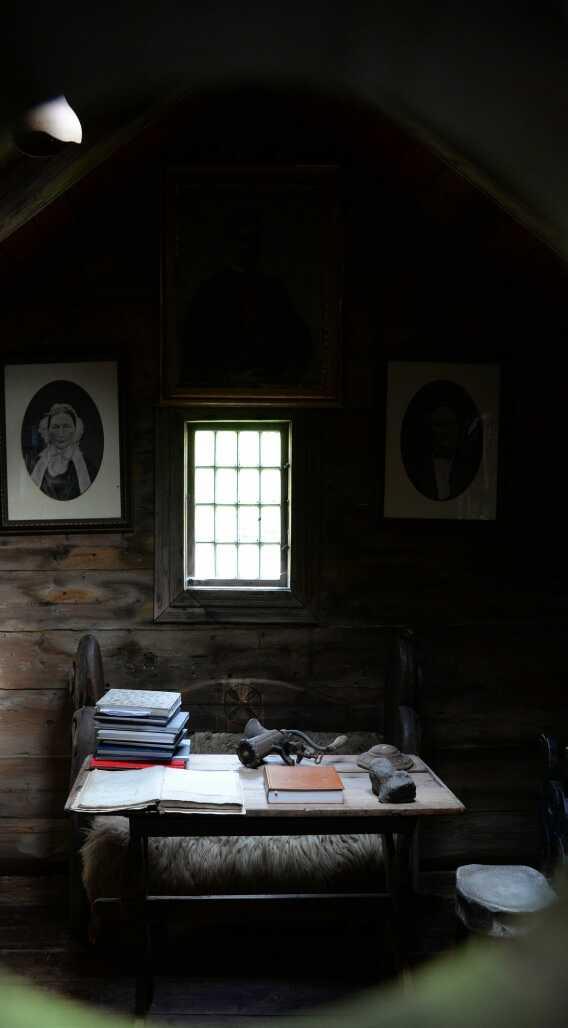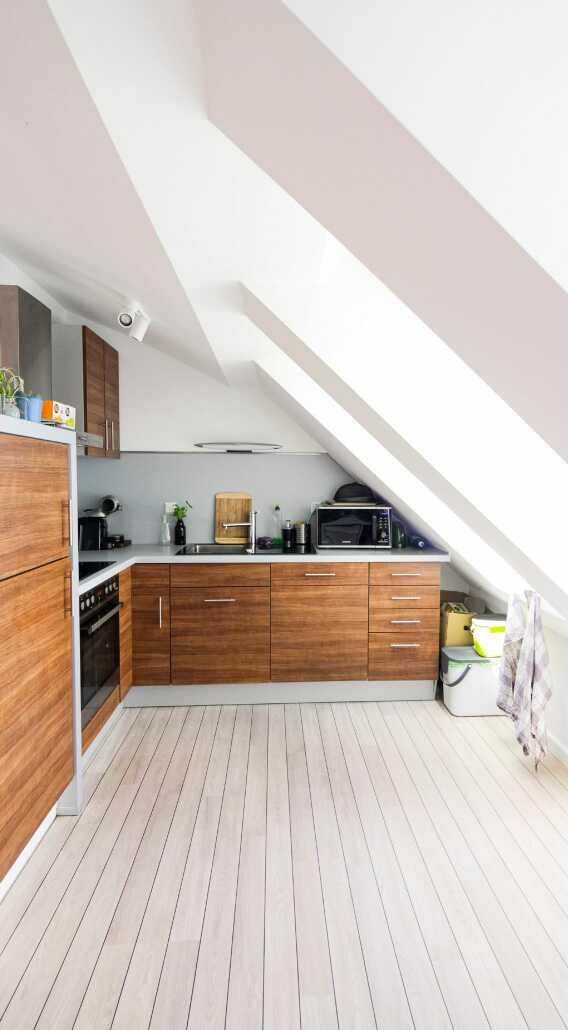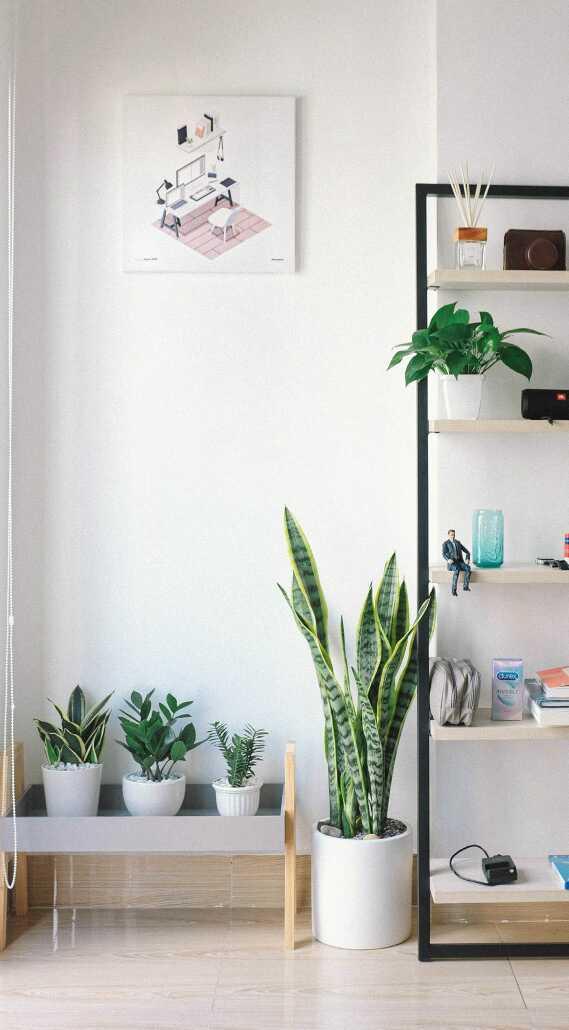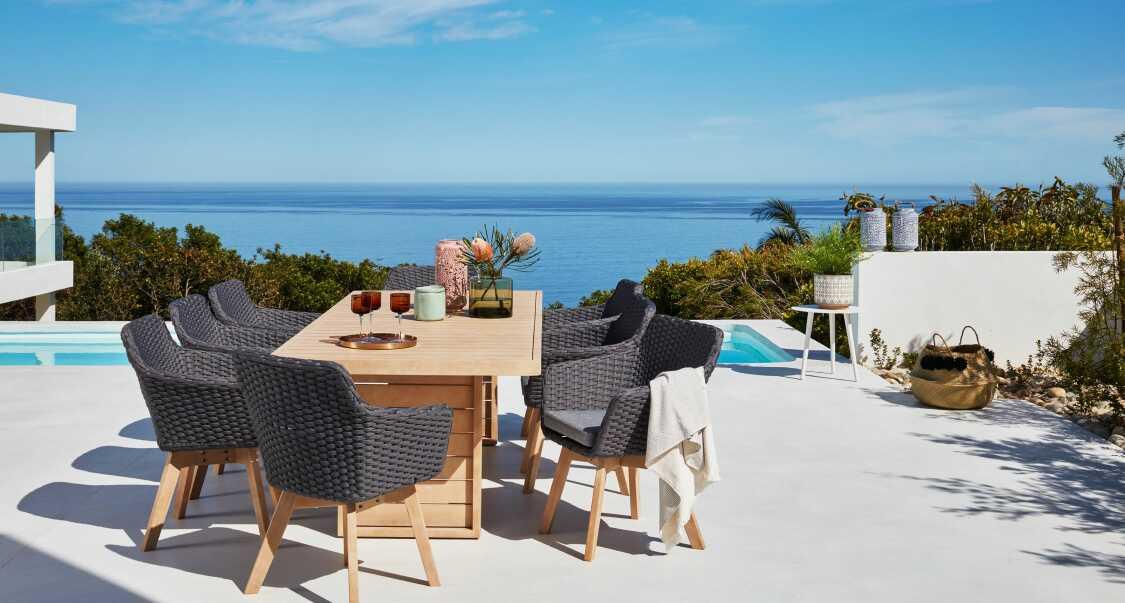
5 minute read
Feng Shui
Flow: Walk through your home looking for anything that could stop the flow of energy – occasional tables in the wrong place, doors that don’t open properly. Windows should be clean to let in the sunshine. Plants: Introduce green plants, plants that connect us to nature and bring freshness into our homes. A natural element such as a house plant – or several – will improve our home’s energy and purify the air we breathe.
OTHER CALMING TIPS • Use crystals, such as rose quartz for love, tourmaline for protection or citrine for healing and wealth. • Ensure air and light can get in.
Advertisement
The art of

decluttering

VIVIEN HORLER
Clutter affects our mood, our ability to focus and can even affect our weight, say experts. Disorganisation and mess act on on our brains and our emotions
T HE PSYCHOLOGY Your home is a portrait of yourself. So says Elizabeth Gilbert, American traveller and author of the best-selling memoir Eat Pray Love.
When she went off on a year-long journey following a divorce, she took a single carry-on rucksack with her. Her rule was, if she got something new, an item in the rucksack had to go.
In an interview with the Japanese doyenne of decluttering Marie Kondo, Gilbert said: “Your home is a portrait of yourself... So if you’re too afraid to look into the scary attic in your mind, look into the scary attic in your home. It will be a portal, a doorway, that will take you into the parts of yourself that you’ve been afraid to look at.”
All a bit airy-fairy for you? Australian academic Libby Sander says clutter can affect our anxiety levels, sleep and ability to focus. It can even make us fat.
Sander, assistant professor of organisational behaviour at Bond University in Queensland, wrote in an article in The Conversation saying clutter can also make us less productive. “It can trigger coping and avoidance strategies that make us more likely to snack on junk food and watch TV.”
And her research shows our physical environments significantly influence our cognition, emotions and behaviour, including our relationships.
“Bursting cupboards and piles of paper stacked around the house may seem harmless enough. But research shows disorganisation and clutter have a cumulative effect on our brains.
“Our brains like order and constant visual reminders of disorganisation reduce our ability to focus.”
And if none of this convinces you, here’s the clincher: Sander says studies show people with extremely cluttered homes are 77% more likely to be overweight.

THE HOW TO Decluttering can feel overwhelming. Where to start? What to do? You don’t have to follow Marie Kondo’s system of decluttering but when you’re deciding what to keep and what to shed, her trademark question is useful: “Does it spark joy?”
Or as she puts it: “What you should be doing is finding the things you want to keep. Identifying the things that make you happy; that is the work of tidying.”
If an item doesn’t make you happy it must go. One argument against this might be: “Well how much joy does an egg lifter spark?”
The answer is an egg lifter that does its job well, looks good and fits comfortably into the hand is worth keeping rather than one that does none of those things.
The KonMari method is to go through your possessions not room by room but in categories. First, all the clothes in the house, then books, papers, miscellany and finally precious items.
And once you’ve decided to keep something, it must have its own place.
Another way of decluttering is to go through a room with three boxes labelled “Keep”, “Discard” and “Maybe”. The “Maybe” box is to stop analysis paralysis, so that you can get on with things, and make a final decision on the maybe items later.
One of the good things about decluttering is that items that no longer give you joy may well make someone else happy. So think of that when you’re taking your “Discard” box to a charity shop or an NGO. You’ll feel thinner, joyful and virtuous.

The art of decluttering is not throwing things out – it’s deciding what you want to keep.The work of tidying is identifying the things that make you happy. – Marie Kondo
Celebrate the outdoors

Outdoor areas are as equally important as interior spaces And an important trick is to ensure your home’s indoor theme flows into your exterior entertainment area. See it as an extension that should enhance your home’s style as a whole. Here are some tips From Patio Warehouse to begin your outdoor styling adventure on the right foot:
PURPOSE OF AN AREA Once you decide what your area will be used for the most important aspect is the furniture. It sounds like simple advice, but some people make the mistake of putting style over practicality. Ask yourself:“What do I want to do on my patio?” If your answer involves relaxing, then a lounge set would be most ideal. If entertaining is your thing, then a dining set would work best. MATCH THE THEME Always opt for a furniture set that blends and matched the look and feel of the exterior of your house. LESS IS MORE When it comes to décor, less is more, so be careful of creating clutter. OPTIONS The furniture items that are best suited for a patio are those that are low maintenance, lightweight, and easy to move around.
Finding stylish, durable furniture - and for an entertainment area that reflects your style, visit one of the showrooms of Patio Warehouse today.


You will be spoilt for choice!








